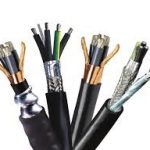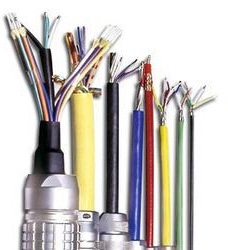
What is the difference between shielded and unshielded cable?
Various forms of cable are available for a wide range of projects, including shielded cables, flat cables, power cables and even fire wires, which can significantly enhance the quality of any projects while offering adequate protection and transmission.
Each of these cable and wiring types can be used for a different project, leading to a higher quality overall project. So what’s the difference between shielded and unshielded cable?
Shielded Cable
A shielded cable is usually used to improve transmission efficiency and to reduce the overlap between network transmissions.
Such cable forms are secured by a braided shield that protects the transmission. This is an electronic type of cable which is typically used for conductors and neighboring cables and even for the safety of electromagnetic energy within cable encounters.
There are also various forms of this type of cable that help ensure that there is no loss of transmission.
Plain wire. Flat cable
Operating with a manufacturer of commercial electronic components, flat cables will greatly improve the quality of the project underway.
Such cables provide a smoother transmission, vibration cutting and protection for wires from extreme temperatures that impact the efficiency of passing transmissions.
There are also multiple flat cable shapes that you use shielded or unshielded cable.
Cable control. Control Cable
A power cable is of course used to transfer power from a source to a device and can be used in a wide range of products.
It provides a thick and often covered cable that transfers power to and from components to supply power to a particular component.
This cable type is used in many different projects, hence a widely chosen cable type. This is the main cable type used for power transmission and can be seen in many different commercial applications.
